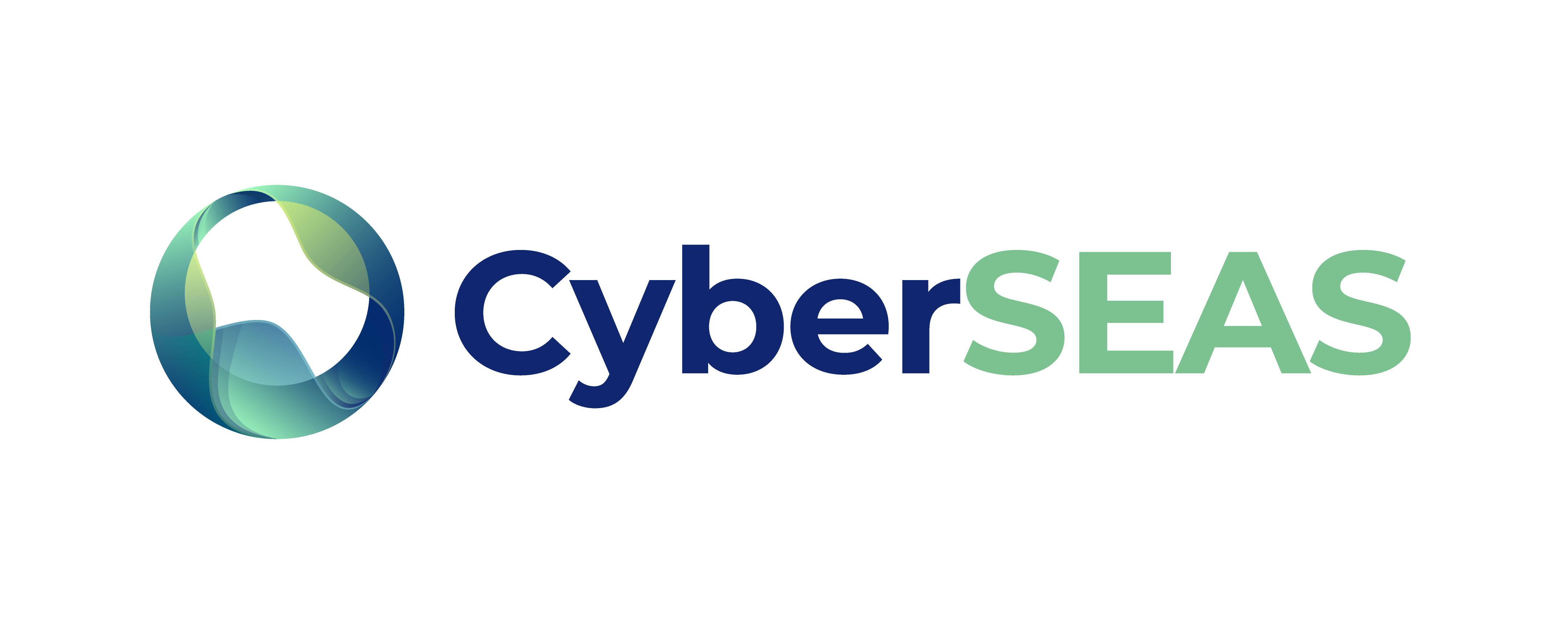Author: – Anas Husseis, ahusseis@ikerlan.es, IKERLAN –
The Electric Power and Energy Systems (EPES) sector is confronted with escalating cybersecurity challenges due to its reliance on interconnected technologies. To safeguard critical infrastructures, the significance of threat intelligence and information sharing in EPES cybersecurity is discussed in this article, emphasizing their benefits for the industry. By proactively identifying risks and vulnerabilities, threat intelligence assists in fortifying defenses, facilitating incident response and mitigation, and promoting situational awareness. Meanwhile, information sharing enables early warnings, collaborative defense, and the development of sector-wide standards and best practices. However, challenges such as privacy concerns, establishing trust, and ensuring data quality need to be addressed to maximize the effectiveness of these practices.
Introduction
The increasing interconnectedness and technological advancements within the EPES sector necessitate robust cybersecurity measures to protect critical systems from malicious threats. In this context, threat intelligence and information sharing have emerged as vital components of a comprehensive cybersecurity strategy. By continuously monitoring, analyzing, and interpreting cybersecurity data, threat intelligence provides valuable insights into emerging threats, attack vectors, and tactics employed by malicious actors. This knowledge empowers EPES organizations to proactively defend against potential risks and vulnerabilities, thereby enhancing overall resilience in the face of cyber threats.
The Role of Threat Intelligence in EPES Cybersecurity
Threat intelligence plays a multifaceted role in bolstering EPES cybersecurity defenses. Firstly, it enables proactive defense by equipping organizations with up-to-date information about the evolving threat landscape. This knowledge allows for the identification of vulnerabilities and the implementation of appropriate security measures to preemptively address potential risks. Secondly, threat intelligence supports effective incident response and mitigation. Real-time threat intelligence aids in assessing the severity of an attack, identifying affected systems, and implementing timely countermeasures to contain and minimize the impact of cyber incidents. Lastly, threat intelligence enhances situational awareness within the EPES sector. By understanding the motives, capabilities, and targets of threat actors, organizations gain a comprehensive view of the risks specific to the energy sector. This knowledge guides informed decision-making regarding cybersecurity strategies and resource allocation.
The Importance of Information Sharing
Information sharing among EPES stakeholders is pivotal for strengthening collective defense against cyber threats. Timely sharing of threat intelligence facilitates early warning mechanisms, enabling organizations to promptly respond to potential threats or ongoing attacks. Collaborative defense is another significant benefit of information sharing. By pooling resources, expertise, and insights, EPES organizations, government agencies, and cybersecurity vendors can develop more robust defense strategies and countermeasures. Moreover, information sharing facilitates the establishment of sector-wide standards, guidelines, and best practices. By disseminating successful defense strategies and lessons learned from previous incidents, the EPES industry can elevate its overall security posture and minimize vulnerabilities.
Challenges and Considerations
While the advantages of threat intelligence and information sharing are apparent, several challenges must be addressed for optimal implementation. Privacy concerns and adherence to legal regulations pose significant obstacles to sharing sensitive information. Establishing frameworks that safeguard confidential data and ensure compliance is essential. Building trust among stakeholders and fostering a collaborative culture is also crucial. Encouraging open collaboration, establishing trusted information sharing platforms, and promoting transparency can overcome competitive barriers. Additionally, ensuring data quality and standardization is vital for effective information exchange. Robust data collection and analysis processes, along with the standardization of formats and mechanisms, enhance the reliability and efficiency of shared threat intelligence.


